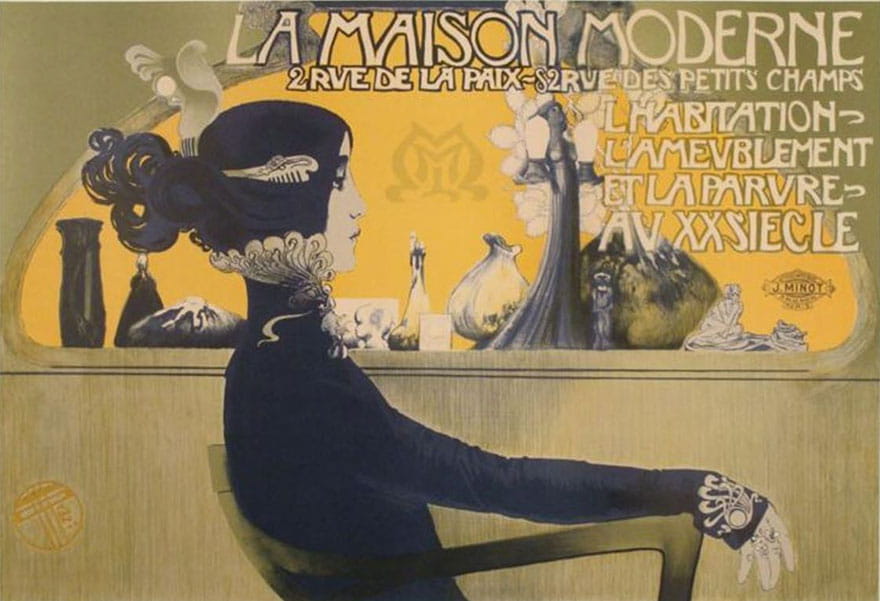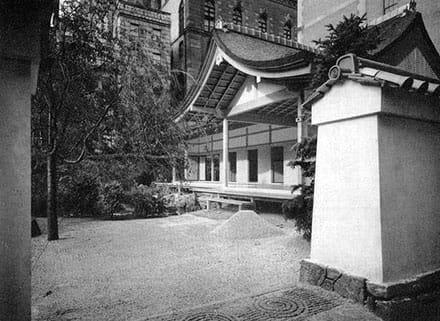Director Explains Themes of Drexel’s Summer Design Institute
 By Frank Otto
By Frank Otto

- Ribbon-Cutting Ceremony Marks Official Unveiling of Drexel Station at 30th Street
- Drexel’s Pearlstein Gallery Offers Spring Exhibitions Centered on the Healing Properties of Art and Creative Works
- Express Your Thoughts About Climate Change in the Anthems for the Anthropocene Contest
- 40 Years Ago, Drexel Made Computer — and Apple — History
Beginning next week, the Westphal College of Media Arts & Design will host a month-long institute on the history of design.
The institute was made possible through a $192,000 grant from the National Endowment for the Humanities (NEH), the largest Drexel has ever received from the organization.
Six international scholars will conduct seminars with 25 visiting faculty from across the country on a variety of subjects pertaining to the history of design. Those faculty members applied to attend the institute and were selected in what proved to be a highly competitive process.
Westphal’s David Raizman, PhD, the author of “History of Modern Design,” a text used throughout the United States, will serve as the director of the institute, which begins July 6.
He took some time to share with DrexelNow some of the topics that will be tackled in the institute.

How Taste Changes Design Trends
“Taste usually refers to ‘refined’ taste — that is, the taste for objects that appealed to a sophisticated elite or aspiring middle class and that we find most often in museum collections, exhibitions, and standard histories of the subject. The institute will consider design beyond this traditional audience, examining how taste functioned at the popular level in relation to consumers, merchants, and manufacturers.”
Gender’s Influence on Design
“The role of women in design includes not only female designers (some of whom worked in tandem with their spouses or partners but did not always receive the credit they deserved) but also design for women, such as the efficient design of the modern kitchen. Gender also includes women as a subject for design, for instance, in advertising.”

Globalism’s Effect
“The institute hopes to move outside the traditional focus of design history on Western Europe and the United States to embrace diversity in our interconnected and interdependent global world. As case studies, visiting scholars will present seminars on Eastern European design during the Soviet era and on Japanese design. They’ll do it not through western eyes but from the viewpoint of eastern block countries that maintained some of their own traditions under Soviet domination and through the lens of Japanese business and government design initiatives that forged a national identity for Japanese products internationally.”
What’s Changed About Design Since the 19th Century
“Due to the industrial and political revolutions beginning in the later 18th century, the audience for design expanded greatly in the 19th century and beyond. In one sense the emphasis of the institute is on appreciating pluralism and diversity in design rather than a linear development with a Eurocentric and, often, elite focus.”
In This Article
Drexel News is produced by
University Marketing and Communications.